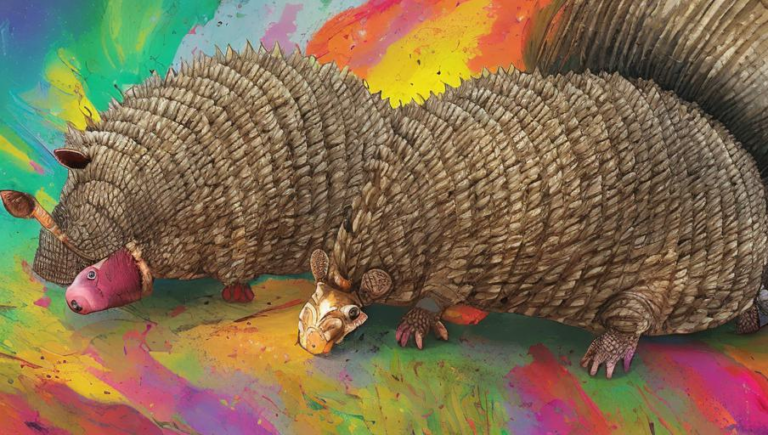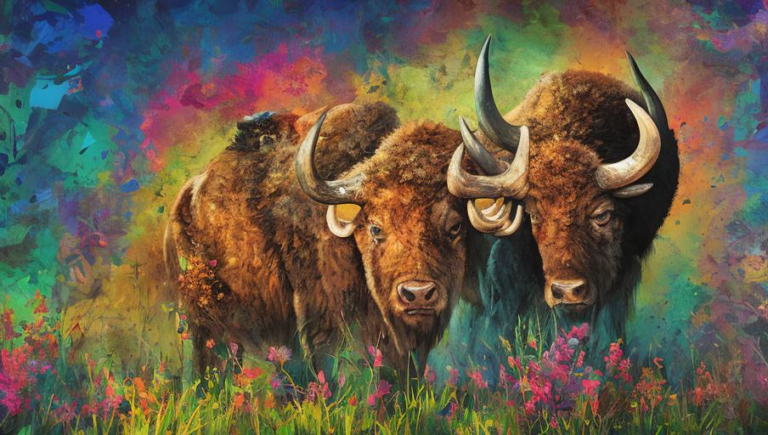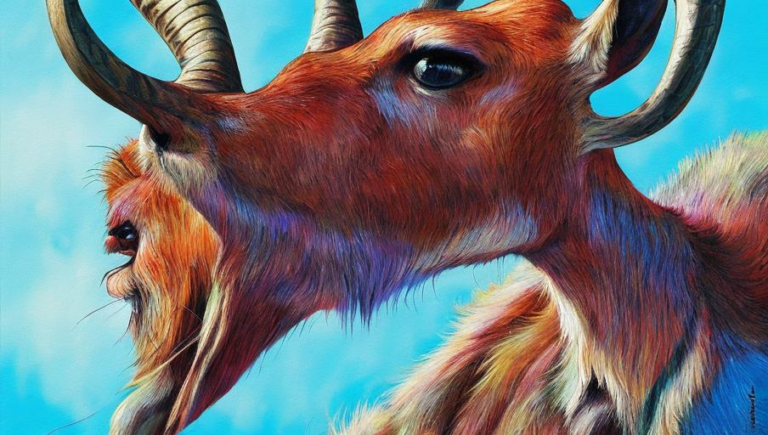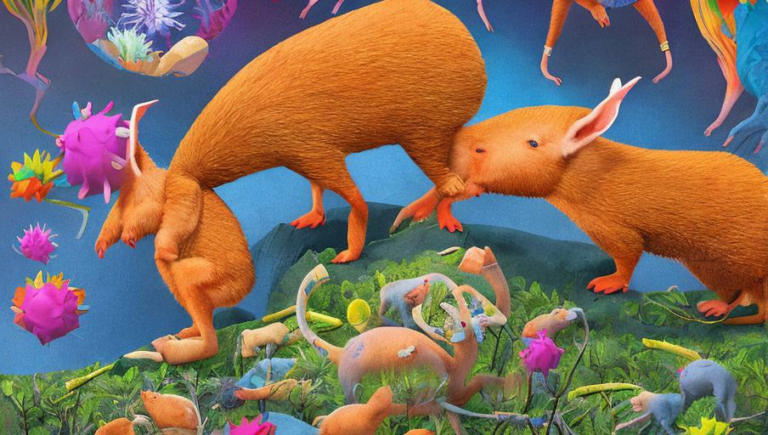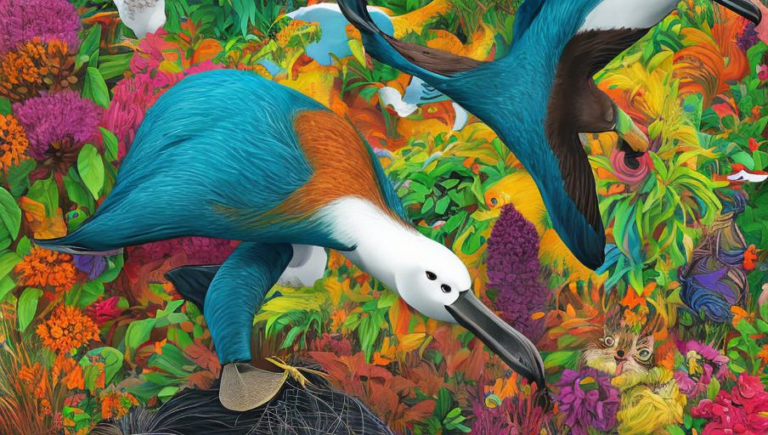Zestfully Zapping Prey: The Hunting Habits of Dragonflies
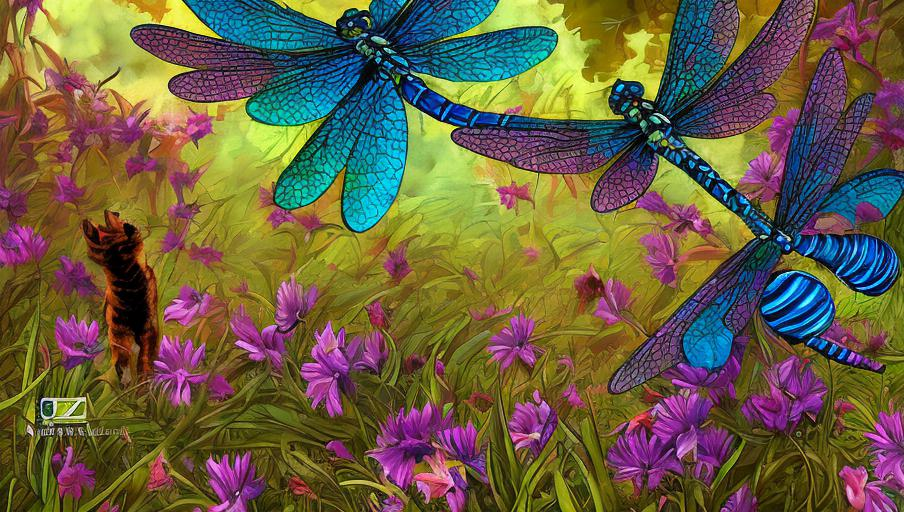
Introduction to Dragonflies
Dragonflies are among the oldest species on the planet, with fossils dating back to the Upper Carboniferous period. They are a type of insect belonging to the order Odonata and they can be found in many different habitats around the world. Dragonflies are predatory, meaning they hunt and consume other animals for food. They primarily feed on other insects, such as mosquitoes and flies, but they can also feed on small animals such as spiders and even small fish.
The Anatomy of a Dragonfly
Dragonflies have a unique anatomy that allows them to be such skilled hunters. They have large eyes with up to 30,000 individual lenses, allowing them to spot prey from far away. Their four wings are incredibly strong and flexible, allowing them to move quickly and maneuver in the air with ease. Dragonflies also have an elongated body, which helps them to reach prey quickly. Finally, they have two long and powerful legs that they use to capture prey.
Dragonfly Hunting Tactics
When hunting, dragonflies use a variety of tactics. They will often perch on plants and branches and wait for prey to fly by. They can also fly swiftly and erratically to surprise and catch their prey. They have even been known to hover in the air to surprise their prey from below. Lastly, dragonflies use their strong legs to snatch prey out of the air.
The Benefits of Dragonfly Hunting
Dragonflies are beneficial to their environment for several reasons. First, they help to keep insect populations in check, making them a natural form of pest control. Additionally, dragonflies feed on a variety of insect species, so they help to maintain the biodiversity of local ecosystems. Finally, dragonflies are an important food source for many other species, such as birds and frogs.
Conclusion
Dragonflies are fascinating and beneficial creatures that have been around for millions of years. Their unique anatomy and hunting tactics make them incredibly successful predators. They are important to their environment, helping to keep insect populations in check and providing food for other species. If you ever get the chance to watch a dragonfly hunt, take the opportunity to observe these amazing creatures in action.

